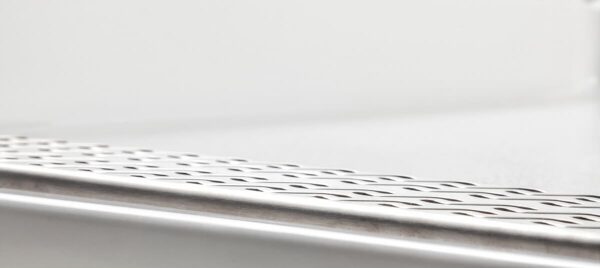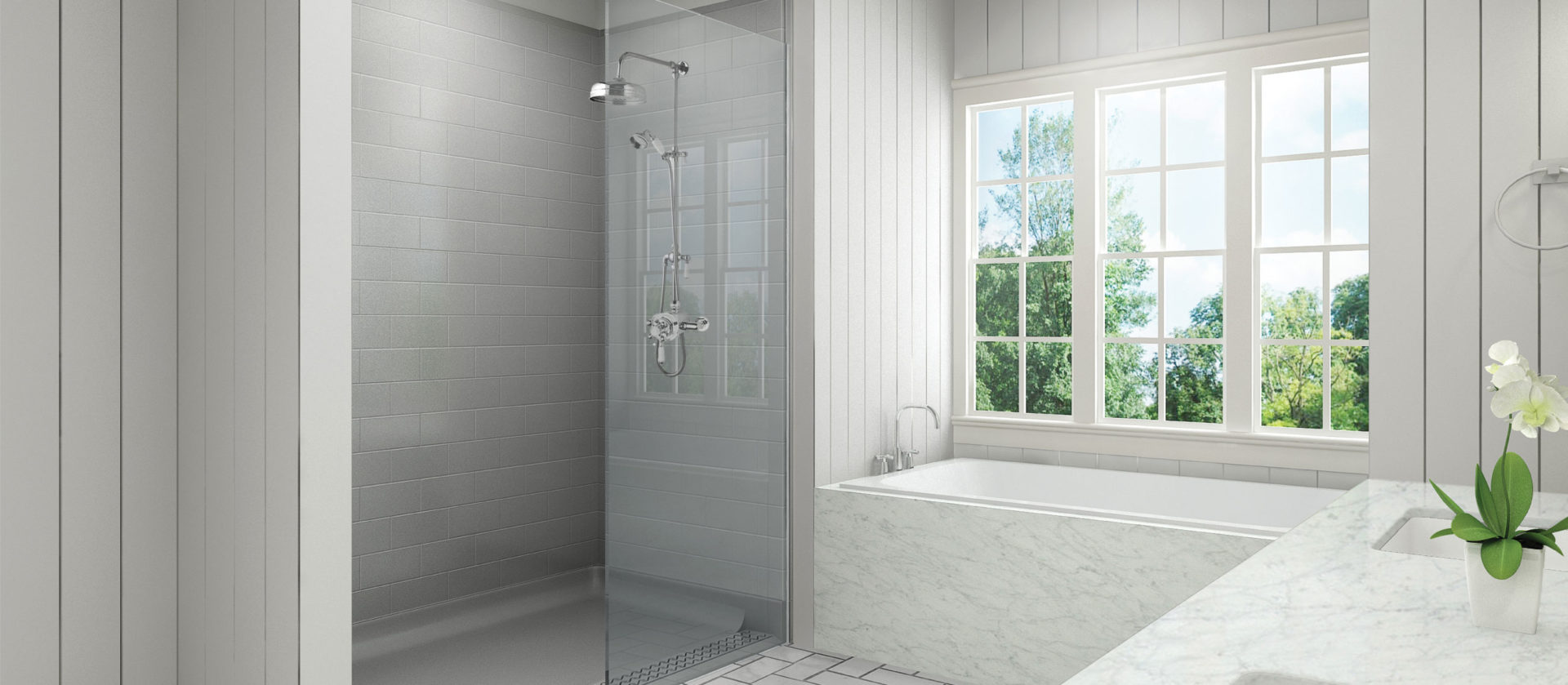
Market Influences on Product Design
Consumer demand, competition, and a rich slurry of design influences shape products
Design influences come from everywhere—fashion runways, trade and shelter magazines, travel, smart technology, the sustainability movement, trends in art, and the media. They exert a profound influence on the products we buy, and in today’s culture, on the products that consumers demand.
In the consumer marketplace, when you combine things from disparate sources, you get something new and improved that provides multiple benefits in one package.
“The nuance is taking cues from social and consumer trends,” says trend forecaster Beth Taylor. “Today, there is more entertaining at home, and consumers want a home that supports them and prepares them for the next day.”
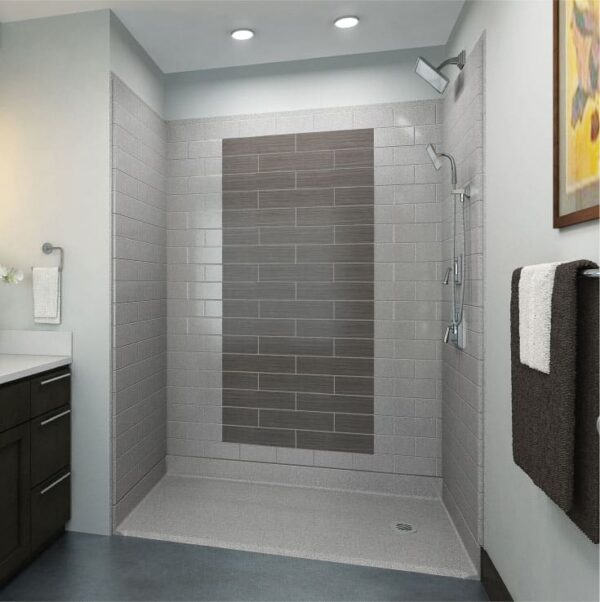

“Convenience is a huge trend, so whatever manufacturers can do to help the consumer is huge,” Taylor says. “Today’s consumer is looking for design that is smart. That’s key. It’s making what we do every day more enjoyable for us.” One place where multiple influences play a part is in a trending movement toward adaptability.
Adaptability, also known as universal design, is showing up in products that allow people of all abilities to use them, whether they are small children with limited manual dexterity, people with temporary disabling injuries, or those with the normal deficits of aging, like impaired vision.
In bathrooms, adaptability features show up in spa-like showers without the potential tripping hazard of a curb, and with an integral shower seat and shower head on a glide bar to bring comfort and ease to the bather. There are beautiful towel bars that do double duty as supports because there is extra blocking behind the walls to make that possible; and toilets that are twoinches higher than the normal 15- to 16-inch tall fixture to reduce strain on a user’s knees when getting up. All of these features are finding their way into residential bathrooms because they provide extra utility, as well as beauty. Manufacturers are taking note of the shift in consumer perception, creating more products with adaptable features, and providing customer education.
In kitchens, adaptability can be seen in drawers that take the place of lower cabinet shelves, which make it easier for everyone to access the contents; pull-out shelves that reduce the need for reach; hands-free faucets; and the use of mercury-free LED light tape, which can be tacked up just about anywhere to shed its energy-efficient light into murky cabinet and drawer interiors and dark corners.
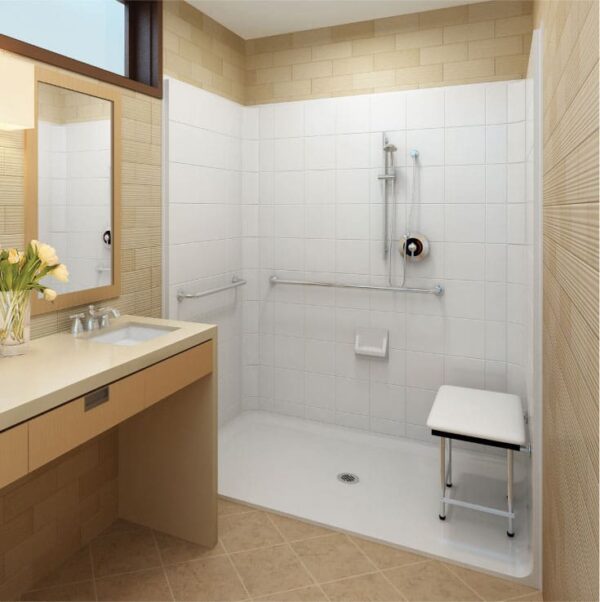
Lever handles, which can be operated with the side of the hand, elbow, or even hip, make opening a door a snap, regardless of a person’s manual dexterity. But not too long ago, they were hardly found in retail. Now, they share shelf space with their rounded cousins at any big box store.
Traditionally, universal design has been the antithesis of trendy, flowing as it does from the accessibility movement, which called for adaptations in commercial buildings for disabled people. Those prescriptive design requirements are specified in the 1990 Americans with Disabilities Act. As such, universal design has long been viewed as similar to ADA. But it is not. Universal design marries adaptability with beauty over the whole range of human ability.
“What I notice is that the universal design of some products is not marketed as such, mainly because no want wants to be marketed to as needing assistance,” says Products magazine editor-in-chief Nigel Maynard.
“Kohler has a new toilet that you wave your hand and it flushes, but when you see the ads it’s all about the cool factor,” he says. “If they sell them strictly on universal design, they are afraid of the aging thing. If it’s cool, the Millennials are on board.”

Now there is plenty of choice in styling across a range of universal design products, such as grab bars, soap holders, corner shelves in showers, and shower diverters that can also function as supports because they are mounted with the right amount of blocking in the walls.
Gone are the days when accessibility expert Susan Duncan had to powder coat the industrial looking chrome bars that were the industry standard to make the bars work with her client’s decor. “I’m thrilled to have been in the market this long and seen innovation,” says Duncan, a registered nurse and principal in The ABC’s of Accessibility. “Who would have thought?”
Duncan is also chuffed by the innovations in appliances. “Now we have refrigerator drawers that you can put at point of use, and store your medications.”
The trend toward adaptability ties into a more mainstream trend toward healthier living, sustainability, recyclable materials, a soothing neutral color palette, the use of wood in interiors, farmhouse style, and reducing the use of toxic chemicals in household products.
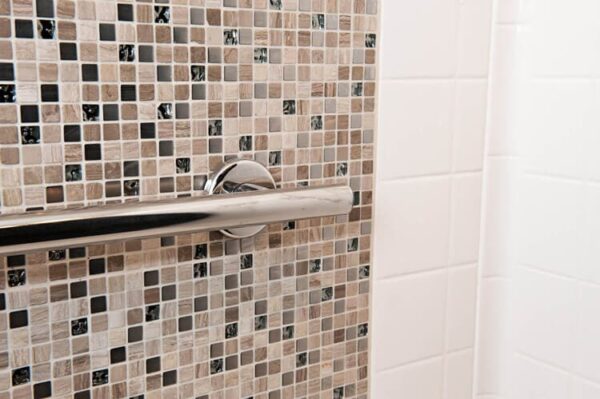
Furniture and lifestyle retailer Pottery Barn’s August catalog was all about the healthy home: how to create this sanctuary space by using recycled materials, reducing toxic chemicals, employing soothing tones, and improving physical health.
Millennial consumers, as a cohort, are all about the environment, healthy living, sustainability, convenience, durability of materials, smart technology, and flexibility. They want their spaces to change as their needs change. For them, adaptability plays perfectly into the lifestyle choices they prefer.
It will be this cohort, whose numbers have recently exceeded those of the Baby Boomers, and whose members have high expectations and are not shy about asking for what they want, that will drive the adaptability trend well into the future.
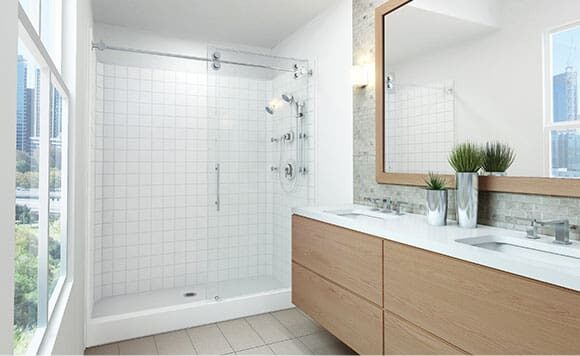

Susan Duncan“In my world, I believe that what a competitor does is what stimulates change. The general consumer goes to the big box store, and you are limited to what’s there. Users usually adapt to that. They don’t know what’s available. Consumer demand is what moves the market, but education is still lacking. I really do believe that it is competitiveness among the manufacturers that will move universal design forward. If it’s good design, emulation is the highest form of flattery.”
Competition in the marketplace is one part of the picture.
But Taylor believes what will really help move the market toward a wider acceptance of universal design is eliminating the stigma that adaptability is meant only for an older population. By showing consumers how universal design products enhance their experience of living in a space, they can see that universal design is simply good design.
Download Case Study
